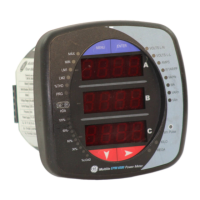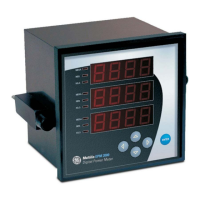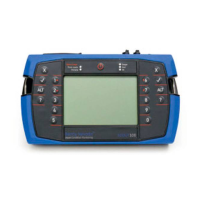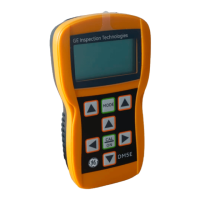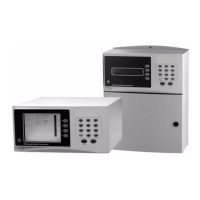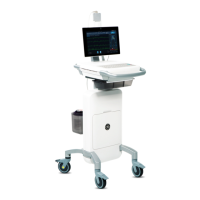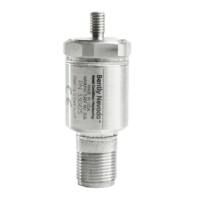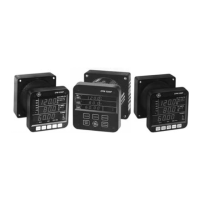
Do you have a question about the GE EPM 5300 and is the answer not in the manual?
| Brand | GE |
|---|---|
| Model | EPM 5300 |
| Category | Measuring Instruments |
| Language | English |
Guides on connecting current circuits, CT mounting, and proper polarity for accuracy.
Discusses EPM 5300P relay features like fail-safe mode, hysteresis, and setable delays.
Explains checksum errors, recovery, and the password entry process for programming.
Guides on setting the integration interval and meter address for communication.
Details how to set the baud rate and select communication protocols.
Explains how to configure system parameters using switch packs.
Explains how to set the relay mode to Fail-safe or Reset for alarm conditions.
Guides on setting full scale voltage, scale factor, and decimal point placement.
Lists calibration requirements and provides crucial warnings before proceeding.
Details the procedures for high-end voltage and amperage calibration.
Explains trip relays, time delays, and relay modes for alarm and protection.
Details setting LM1/LM2 limits for voltage and amperage measurements.
Details setting LM1/LM2 limits for power functions like Kilowatt and Kilovar.
Details setting LM1/LM2 limits and relay triggers for THD measurements.
Explains how the meter detects and alerts on phase reversal and imbalance conditions.
Guides on configuring voltage phase reversal detection settings and relay behavior.
Explains how to set the percentage for voltage phase imbalance detection and relay actions.
Details the necessary steps to exit programming mode and save changes.
Describes the Ethernet module hardware, RJ-45 port, and status LED functions.
